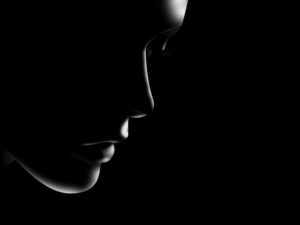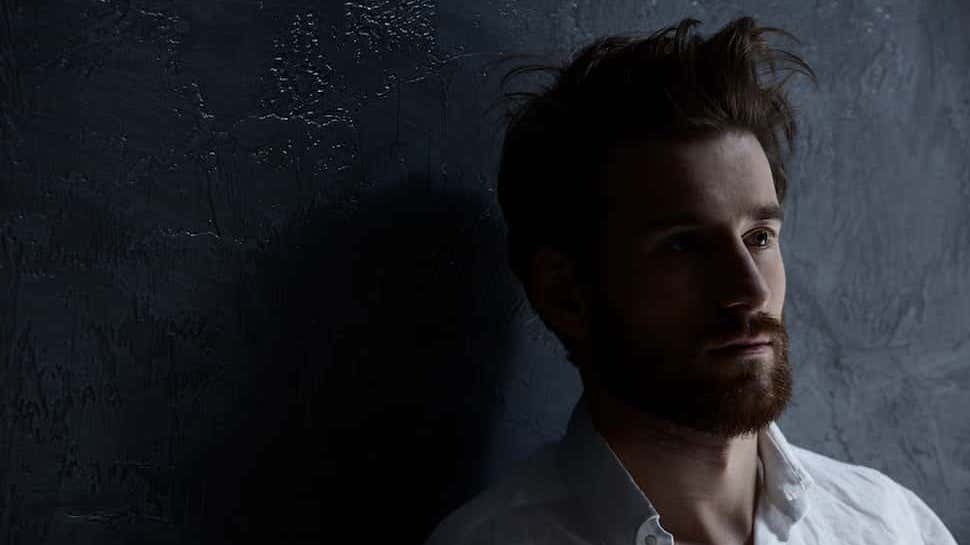Are you tired of trying medication after medication with little to no success in managing your bipolar disorder? Have traditional therapies failed you time and again? It might be time to try something a little different – dark therapy. Yes, you read that right. Dark therapy is a unique method for treating bipolar disorder that has gained popularity in recent years due to its effectiveness. In this blog post, we’ll explore what dark therapy is, how it works, and whether it could be the solution you’ve been searching for. So buckle up and get ready to dive into the world of dark therapy!
Contents
What is Dark Therapy?

While there is no one “cure” for bipolar disorder, there are treatments that can help manage the condition. One such treatment is dark therapy, also known as photo cellular therapy or light box therapy.
Dark therapy involves exposure to very dim light for a set period each day. The light used in dark therapy is much dimmer than the light used in standard bright light therapy.
There is some evidence to suggest that dark therapy can be an effective treatment for bipolar disorder. A small study published in 2005 found that dark therapy was associated with a decrease in symptoms of bipolar disorder.
Dark therapy may work by resetting the body’s natural sleep-wake cycle. Bipolar disorder is often characterized by disruptions in this cycle. Exposure to dim light and dark therapy may help to regulate the sleep-wake cycle and improve bipolar symptoms.
If you are considering dark therapy as a treatment for bipolar disorder, it is important to speak with your doctor first. While there is some promising research on dark therapy, it is not yet clear if it is an effective treatment for everyone with bipolar disorder.
How Does it Work?
The working of dark therapy is based on the idea of being exposed to darkness to improve mood and reduce symptoms of bipolar disorder. The concept is that exposing oneself to darkness during the evening hours helps reset one’s biological clock, which can help regulate mood swings more effectively.
It has been found that exposure to darkness increases the production of melatonin which helps to regulate circadian rhythms in people with bipolar disorder. Dark therapy is most often used as an adjunct to other treatments such as medication, psychotherapy, and lifestyle changes.
The basic idea behind dark therapy is that one should wear dark sunglasses for the duration of their evening hours, until the morning when natural light will come into contact with their eyes. This is thought to help the brain and body recognize when it’s time for bed, thus helping to regulate sleep patterns.
Some studies have found dark therapy to be effective in reducing symptoms of depression in people with bipolar disorder. It is important to keep in mind that dark therapy should not be used as a replacement for medication or psychotherapy, but rather in addition to these treatments. It is best to speak with a mental health professional before trying dark therapy, as it can have side effects that are not yet fully understood.
Techniques of Dark Therapy

One of the most common techniques used in dark therapy is sleep restriction. This involves restricting yourself to a certain amount of sleep each day (usually less than seven hours) for a period of two to four weeks. During this time, it is recommended that you spend at least two hours every day in complete darkness.
Another technique used in dark therapy is light exposure therapy. This involves exposing yourself to bright lights (usually at least 10,000 lux) for 30 minutes each day. Light exposure helps reset the biological clock and can improve mood.
Other techniques are to create a schedule with regular meals and exercise, practice relaxation techniques, and join a support group.
These are some of the techniques that may be used during dark therapy for bipolar disorder. It is important to speak with a therapist or doctor before beginning any type of treatment plan.
Pros and Cons of Dark Therapy
Everything has a benefit as well as a risk. So does dark therapy, here are some of the pros and cons of dark therapy that you should consider before undergoing this treatment.
Pros:
- Can be used alongside other treatments for bipolar disorder to reduce symptoms. Some studies have found dark therapy to be effective in reducing depressive symptoms.
- It is a simple and inexpensive treatment option that may benefit those with bipolar disorder.
- It can help to reset one’s biological clock, thus regulating sleep patterns and improving mood.
Cons:
- Dark therapy may not be effective for everyone with bipolar disorder.
- Wearing dark glasses during evening hours can make it difficult to take part in normal activities or see clearly.
- It is not a replacement for medications or psychotherapy and should be used in addition to other treatments.
- Dark therapy requires commitment and dedication from the person using it, as it must be performed daily for optimal results.
What to Expect from Dark Therapy?

If you are considering dark therapy for bipolar disorder, it is important to know what to expect. This type of therapy is not for everyone, and it is important to speak with your doctor or therapist to see if it is right for you. Here are some things to expect from dark therapy:
- You will need to be in a completely dark room for at least two hours every day.
- Most people find that their mood improves after a few days of dark therapy.
- You may feel disoriented and have trouble sleeping during the first few days of therapy.
- You may experience side effects such as headaches, nausea, and dizziness.
- Dark therapy is most effective when combined with other treatments such as medication and talk therapy.
These expectations should be taken into account when considering dark therapy as a treatment option for bipolar disorder. It is important to discuss all of your options with your doctor before beginning any type of treatment and to stay consistent with the recommended protocol. With dedicated effort and consistency, dark therapy may help improve symptoms of bipolar disorder.
How to Find a Therapist?
There are a few different ways to find a therapist. You can ask your doctor for a referral, search online directories, or check with your insurance company.
- Once you’ve found a few potential therapists, give them a call to ask about their experience treating bipolar disorder.
- It’s also important to make sure you’re comfortable with the therapist you choose. Be sure to ask about their approach to treatment and whether they offer medication management.
- You should also feel like you can be open and honest with your therapist about your feelings and experiences.
If you’re not sure if therapy is right for you, consider meeting with a few different therapists before making a decision. This way, you can get a better sense of what therapy is like and how it might benefit you.
Conclusion
We hope that this article has helped shed some light on Dark Therapy and how it may be used to treat bipolar disorder. Dark Therapy is a relatively new form of therapy. It shows promise in its ability to help regulate moods and alleviate symptoms of depression and mania. If you’re looking for an alternative treatment option for your bipolar disorder, speak with your doctor about the possibility of trying out dark therapy – it could just be the answer you’ve been searching for.
For more information, please contact MantraCare. Bipolar disorder is a mental illness characterized by extreme shifts in mood, energy, and activity levels. If you have any queries regarding Online Bipolar Disorder Counseling experienced therapists at MantraCare can help: Book a trial Bipolar Disorder therapy session


